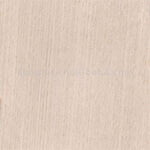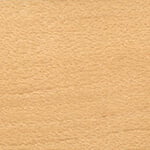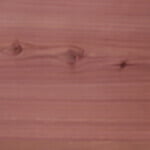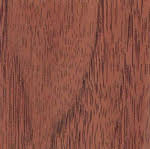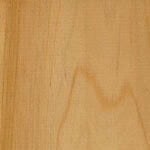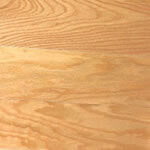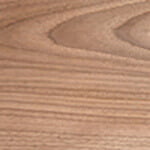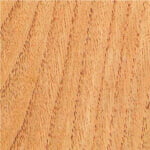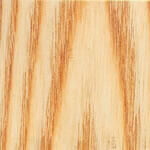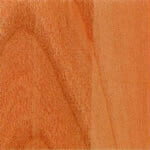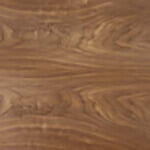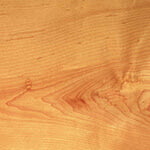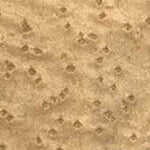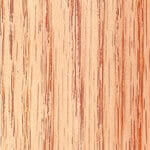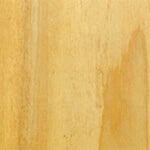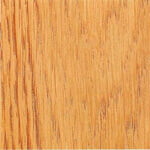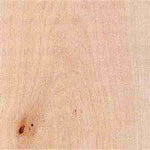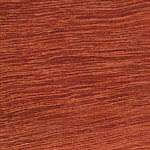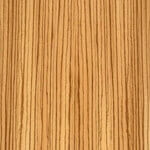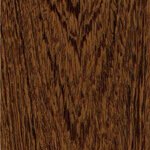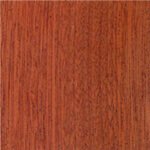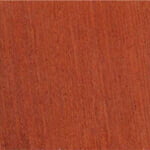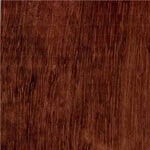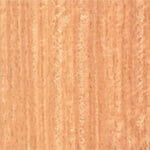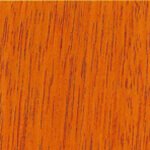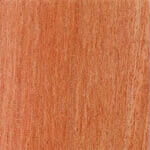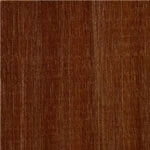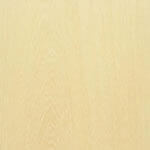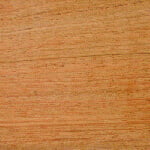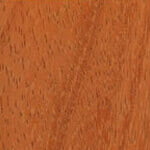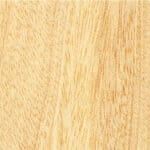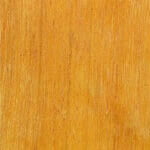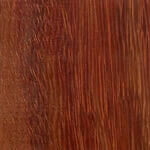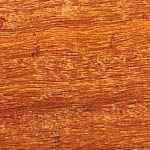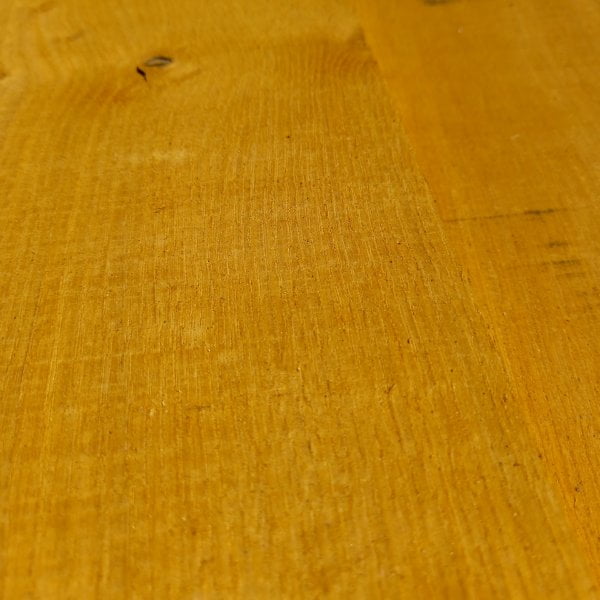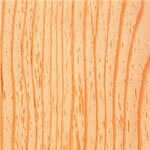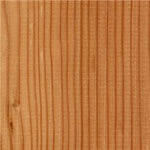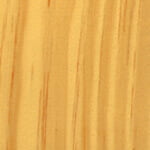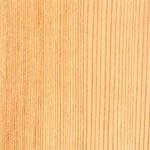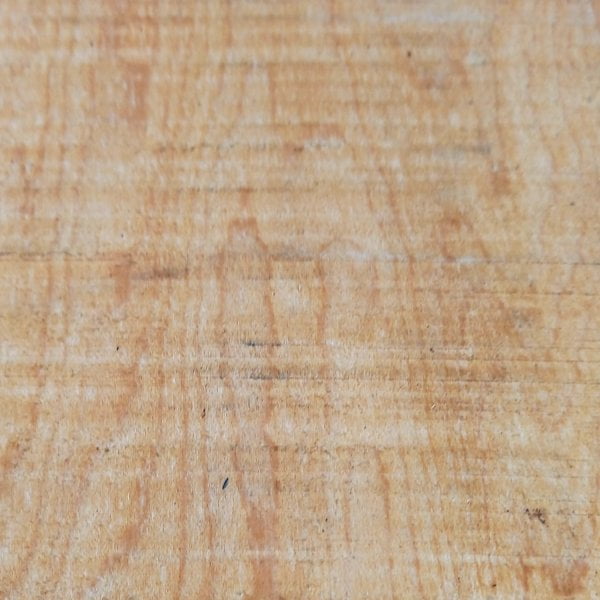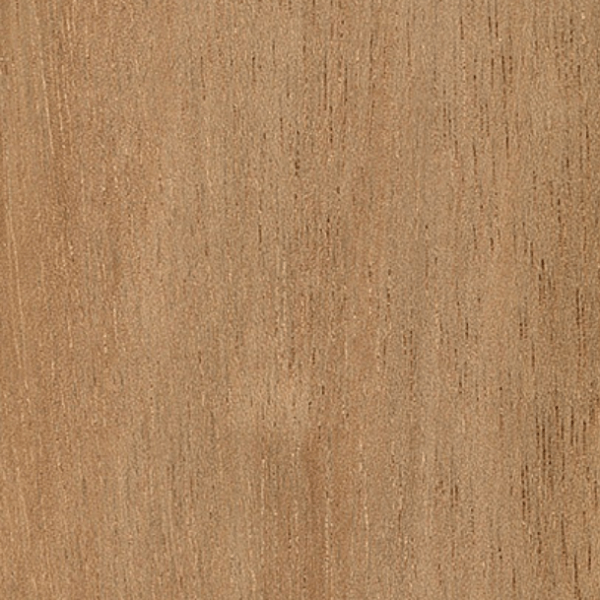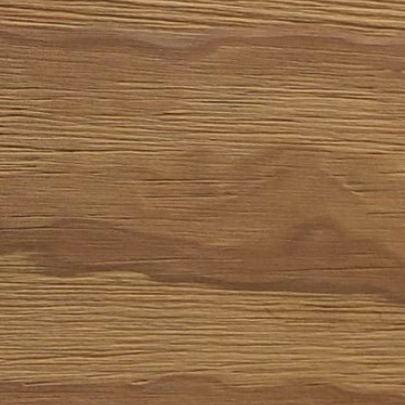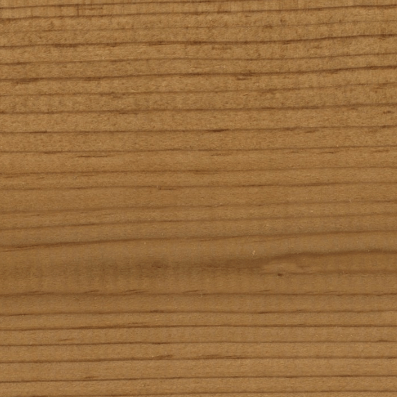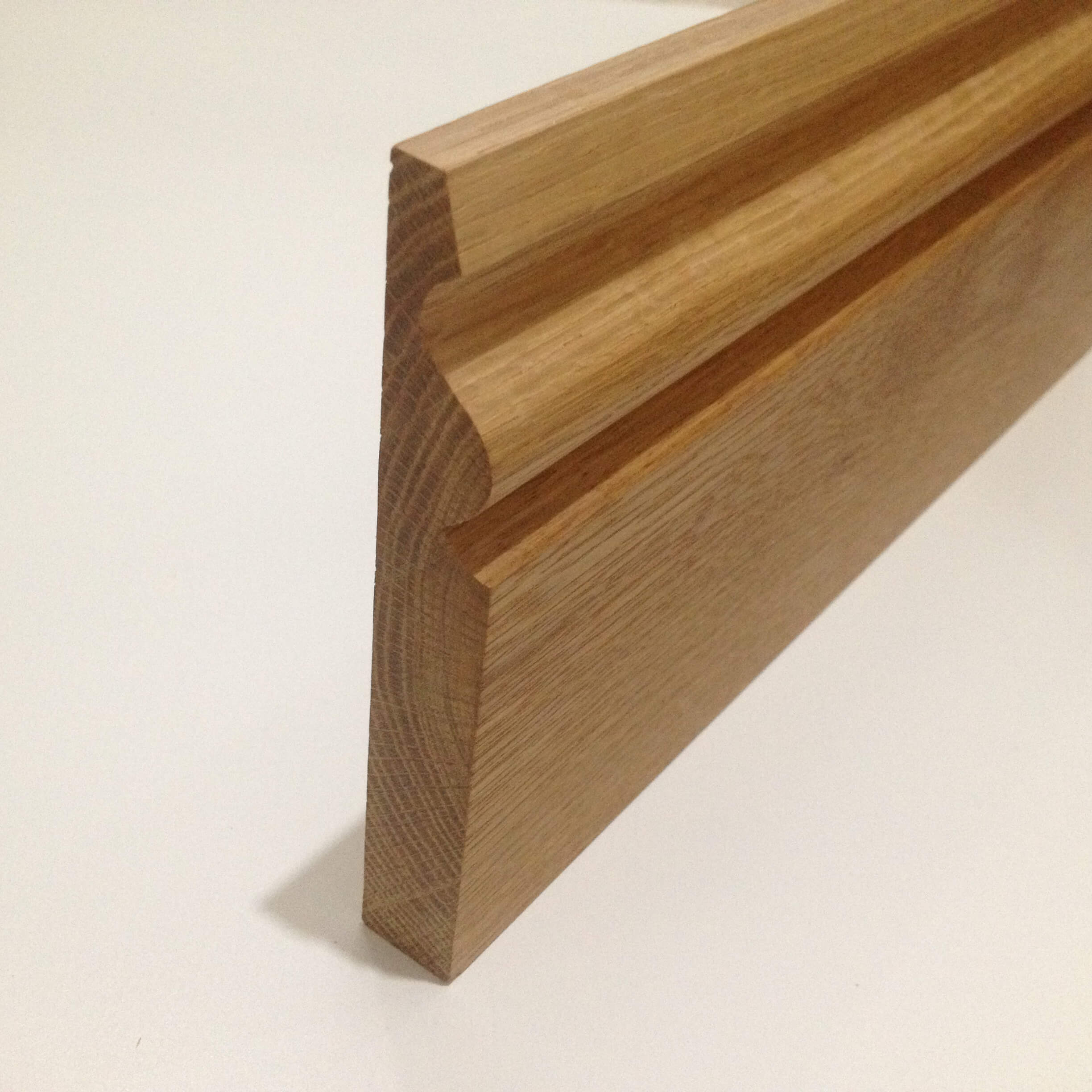In any home, skirting boards play a big part in creating character and shaping the overall look and feel of a room, so important that your skirting boards are well-fitted and maintained for both practical and aesthetic purposes.
To be able to do that, you need to make sure that each skirting board cut neatly and accurately to ensure a seamless transition between each section of skirting.
Unfortunately, cutting skirting boards can be an intricate process and, particularly if you haven’t done it before, it can be tricky to know how to cut skirting boards properly and tidily.
Find the best wood for your skirting boards
First and foremost, choosing the best type and quality of wood is also of great importance to ensure it doesn’t splinter or crack, with solid oak skirting boards generally regarded as providing the best quality over other wood types like pine.
This is largely due to its natural, robust qualities and low moisture content, which ensures the skirting holds its shape both over time and during the cutting and fitting process.
At Whitmore’s Timber, our bullnose, chamfered, ogee and torus oak skirting boards are produced from prime grade oak that has been carefully kiln-dried to achieve a low average moisture content of just 8–10%.
How to cut skirting boards
Each skirting board will need to be carefully measured and precisely marked at the point where each cut will be made is of the utmost importance. If not, you’ll almost certainly run into problems when you reach the fixing stage of installation.
With that said, it’s generally encouraged to cut individual lengths of skirting board as you work your way around the room and fix each section to the wall.
The best way to ensure a smooth, straight cut is to use a mitre saw, especially when it comes to mitring edges for corner section of skirting board. If you don’t have a mitre saw, a tenon saw should also do the job to a good standard.
To make things easier for yourself, start by cutting skirting boards that can be fitted with square-edged cuts at either end, for example, either side of a fireplace. As you work your way around the room, you should prioritise cutting longer sections of skirting board.
Cutting the perfect external corner – how to cut skirting boards at 45 degrees
Of course, where cutting skirting board corners, you will need to ensure your skirting boards are cut so that they meet seamlessly. This normally means ensuring a neat, 45-degree end cut, assuming the corner in question is a standard 90 degrees.
By far the easiest way to do this is to use a mitre box. It’s possible to purchase mitre boxes specifically manufactured for use with skirting boards if you prefer, but in most cases a universal mitre box is fine.
Simply measure both boards to the corner and then mark this length on the back, set the mitre to 45 degrees and cut on the line, being careful to keep on the ‘waste’ side.
Without meaning to state the obvious, don’t forget to switch the mitre saw to the opposite side of its axis when cutting the second board,or you’ll end up with identical boards that don’t meet!
It’s best practice to start by fixing the opposite end of the skirting board and cutting the cut the mitre last.
You might also find some small gaps when fitting skirting boards of this type that have been created by the rounding external corners d during the plastering process. You can use a standard wood filler to treat these.
Internal corners
For internal corners, you will need to cut the skirting board square at one end, with the end of the second piece shaped to the profile. This is called a profiled joint and is cut this way so that the end abuts the front when the two pieces are pushed together.
You should always begin by cutting the profiled end in shape. Once you have done this, the opposite end can be cut as is necessary to ensure a neat fit.
At Whitmore’s, we stock various types of skirting board profiles. You can also contact our dedicated customer support team with any questions that you may have and we will be happy to help you.
